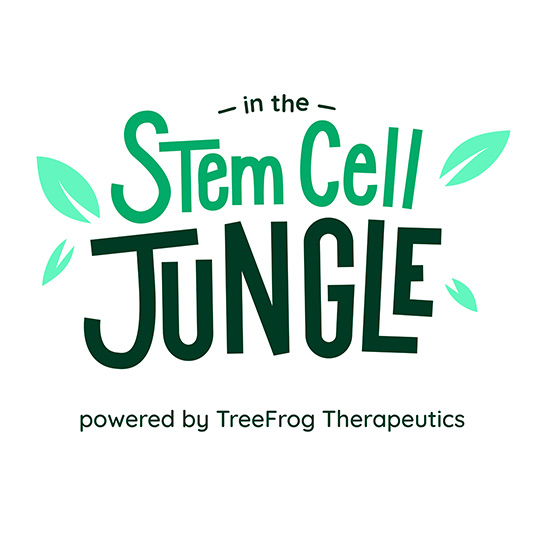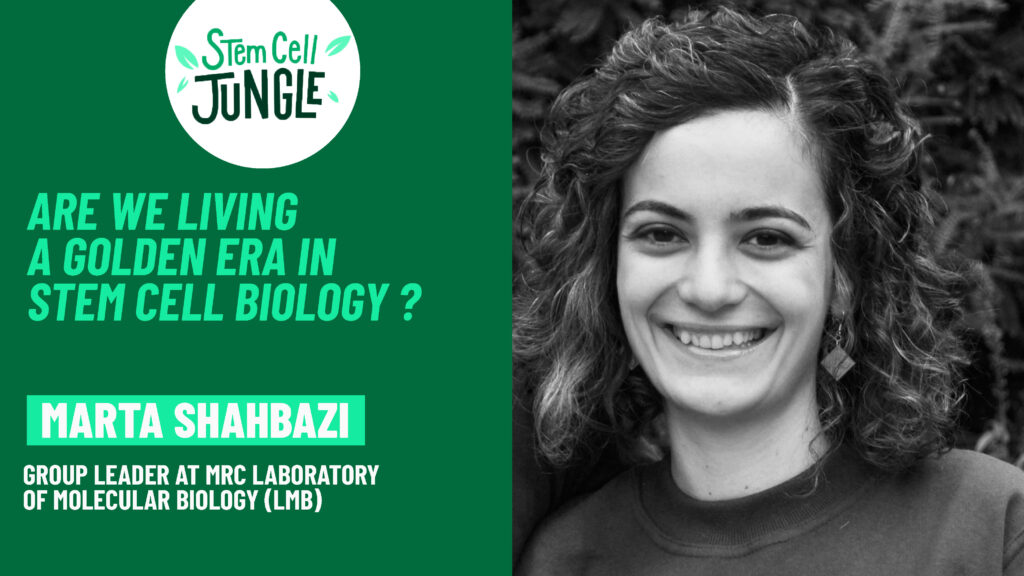Developmental biologist Marta Shahbazi, group leader at the MRC Laboratory of Molecular Biology in Cambridge, UK, explains what has changed since Yamanaka’s Nobel Prize in the field of pluripotent stem cells in terms of technology and applications.
Transcript:
So now you’re quite recently working on your own it’s actually a field that is both young and not so young because when you started there was already the work of Shinya Yamanaka who gave access to pluripotent stem cells to a wider audience through reprogramation not having to work on cells that are derived from the embryo, the human embryo. How does it feels after actually quite some time working in the field, because it really feels like it’s booming. The applications in therapy are starting to really be there.
So how do you feel in that environment as a young lab director ? So I think many scientists are saying that this is like a golden era for developmental biology and I have to agree, right ? They’re so many labs also that are starting at the moment. Young labs that work on developmental biology and stem cells biology as well. Like you said, probably now is the time when we are starting to think that we can really apply what Yamanaka developped clinicaly, right ? So that’s a huge step. We’ve learned so much about iPS cells and how to use them and still there is so much to do. But I guess the other revolution is the revolution of organoids. So stem cells models of the embryo. So we can combine these two technologies to really, not only to try to use iPS cells to generate a specific cell types of interest. But to use iPS cells or ES cells to generate tissues of interests or even organs, organoids of interests, or even entire embryos. So I think this is really giving us a huge potential not only for like clinical applications but also for basic research. Because rather than using just embryos which are extremely complicated and more of a like an approach where you would target a specific gene knock-out and look for phenotypes. Now we can think more about building things and trying to understand how to do that. And I think the knowledge that we can get from that is really deep and powerfull.


